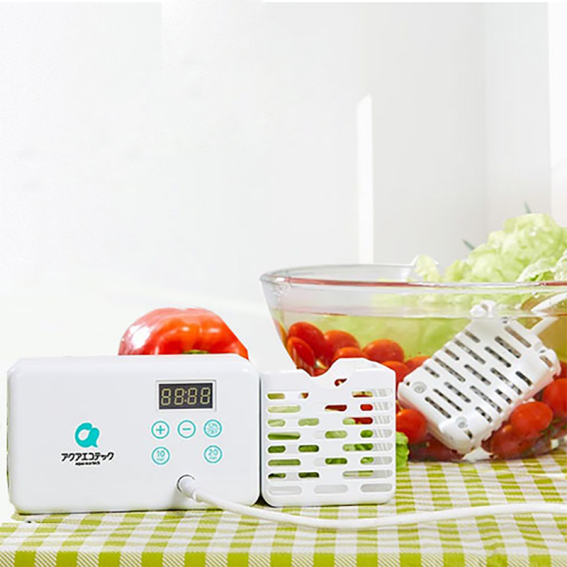Error de formato de correo electrónico
emailCannotEmpty
emailDoesExist
pwdLetterLimtTip
inconsistentPwd
pwdLetterLimtTip
inconsistentPwd

Electrolytic Ozone Generator: A Cutting-Edge Air Purification Technology
In the realm of air purification, the electrolytic ozone generator has emerged as a cutting-edge technology. In this blog post, we will delve into the concept of an electrolytic ozone generator, its working principle, advantages, and potential applications. Understanding this innovative technology is crucial for harnessing its potential in improving indoor air quality.
What is an Electrolytic Ozone Generator?
An electrolytic ozone generator is a device that produces ozone gas (O3) through the process of electrolysis. Unlike other ozone generators that rely on corona discharge or UV light, electrolytic ozone generators utilize an electrolytic cell to generate ozone. This technology offers several advantages, including high ozone production efficiency and low energy consumption.
The Working Principle of Electrolytic Ozone Generators:
The working principle of an electrolytic ozone generator involves the following steps:
2.1. Electrolysis Process:
Inside the generator, an electrolytic cell is filled with a solution containing water and a small amount of electrolyte, typically potassium hydroxide (KOH) or sodium hydroxide (NaOH). The electrolyte enhances the conductivity of the solution.
2.2. Electrode Configuration:
The electrolytic cell consists of two electrodes: an anode and a cathode. The anode is typically made of platinum or other noble metals, while the cathode is usually made of stainless steel or titanium.
2.3. Electrolysis Reaction:
When an electric current is passed through the electrolytic cell, water molecules (H2O) undergo electrolysis. At the anode, oxygen gas (O2) is produced, while at the cathode, hydrogen gas (H2) is generated. The oxygen gas produced at the anode then reacts with the water molecules to form ozone gas (O3).
Advantages of Electrolytic Ozone Generators:
Electrolytic ozone generators offer several advantages over other ozone generation technologies:
3.1. High Ozone Production Efficiency:
Electrolytic ozone generators have high ozone production efficiency, meaning they can generate a significant amount of ozone with minimal energy consumption. This makes them a cost-effective solution for air purification.
3.2. Continuous Ozone Generation:
Unlike corona discharge ozone generators that require periodic maintenance and replacement of ozone plates, electrolytic ozone generators can provide continuous ozone generation without the need for frequent maintenance.
3.3. Adjustable Ozone Output:
Electrolytic ozone generators allow for adjustable ozone output levels, providing flexibility in meeting specific air purification requirements. This feature enables users to customize ozone production based on the size of the space and the level of air pollution.
Applications of Electrolytic Ozone Generators:
Electrolytic ozone generators find applications in various industries and settings:
4.1. Indoor Air Purification:
Electrolytic ozone generators are used in homes, offices, hotels, and other indoor spaces to eliminate odors, kill bacteria and viruses, and neutralize harmful chemicals. They provide a powerful and efficient solution for improving indoor air quality.
4.2. Water Treatment:
Ozone generated by electrolytic ozone generators is also used in water treatment processes. It effectively disinfects drinking water, swimming pools, and wastewater, ensuring the removal of harmful microorganisms.
4.3. Food Processing:
Electrolytic ozone generators are employed in the food processing industry to sanitize equipment, surfaces, and food products. Ozone helps in reducing microbial contamination and extending the shelf life of perishable food items.
Conclusion:
The electrolytic ozone generator represents a cutting-edge technology in air purification. By utilizing electrolysis, this innovative device efficiently produces ozone gas, offering advantages such as high production efficiency and adjustable ozone output. With applications ranging from indoor air purification to water treatment and food processing, electrolytic ozone generators have the potential to significantly improve the quality of our living and working environments. However, it is important to use these generators responsibly and follow manufacturer guidelines to ensure safe and effective operation.


